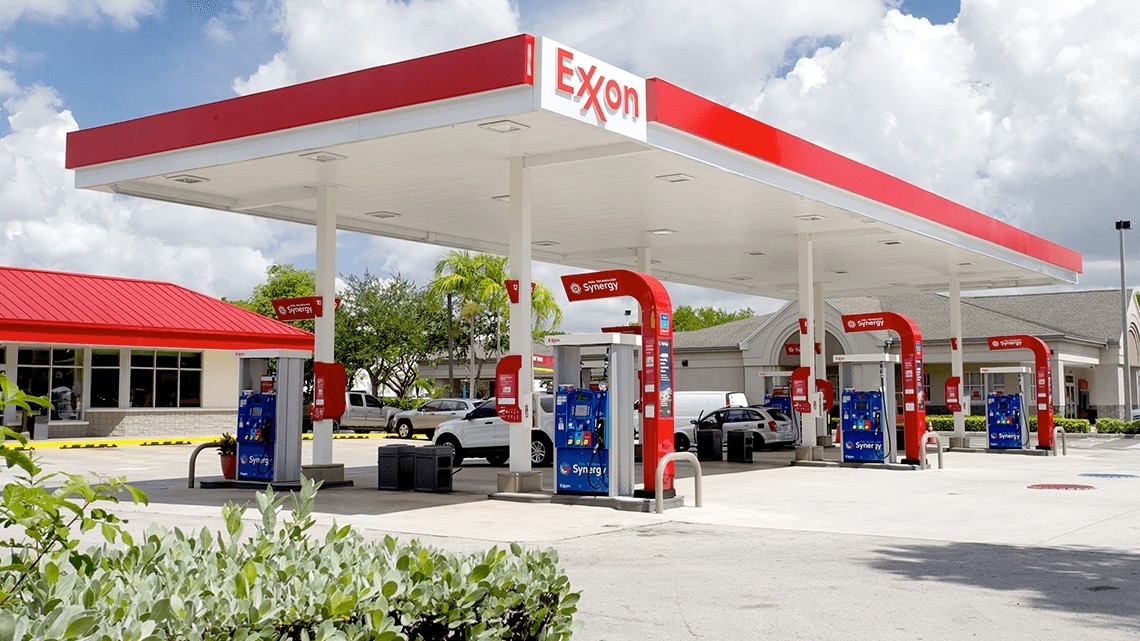Staying Fit
Starting a small business can seem like a big step to many people. On top of having a product or skills that customers want, aspiring small-business owners may have to get financing, hire employees and handle the paperwork necessary to set up shop. Because many businesses that have hundreds of employees and millions of dollars in annual revenue still might qualify as “small,” competing against them for loans and other types of assistance can be difficult.
If that sounds like a tough challenge, maybe a microbusiness is a better fit for your goals. A microbusiness generally is defined as a venture with 10 employees or fewer, and often these types of companies can be started with less than $10,000. The types of microbusinesses range from small accounting firms to landscaping/lawn services, food trucks to interior design.


AARP Membership— $12 for your first year when you sign up for Automatic Renewal
Get instant access to members-only products and hundreds of discounts, a free second membership, and a subscription to AARP the Magazine.
According to some data, people age 50 and older are particularly successful as microbusiness owners.
“The means that [older adults] have accrued over time unlock that capability to really put their microbusiness in a position to be successful,” says Robert Brown, senior director of Venture Forward Research and Insights.
GoDaddy, a company that provides domains for websites, created Venture Forward in 2018 to analyze how much economic impact microbusinesses were having on their communities. Venture Forward uses that data to provide local governments, policymakers and nonprofit organizations with research that helps them understand how to help these smaller businesses thrive.
In February 2022, Venture Forward surveyed 2,300 entrepreneurs among the millions of microbusinesses that have used GoDaddy as their domain provider. At AARP’s request, Venture Forward analyzed those results to look at the trends among older microbusiness owners. Nearly half of the respondents were age 50 and older, offering some clear insights about older microbusiness owners. The analysis split the respondents into four age groups: under 50 years old, 50–59, 60–69, and age 70 and older.
1. Retirees run microbusinesses to stay active rather than make extra money.
Money matters, of course. But the older a microbusiness owner is, the more likely they are running the business to stay engaged rather than earn income. Among owners age 70 and older, 24 percent said they own the business to stay active. Only 13 percent of that age group said they do it to make extra income.



































































